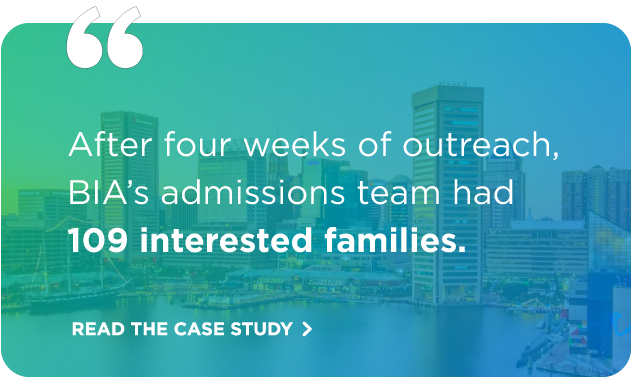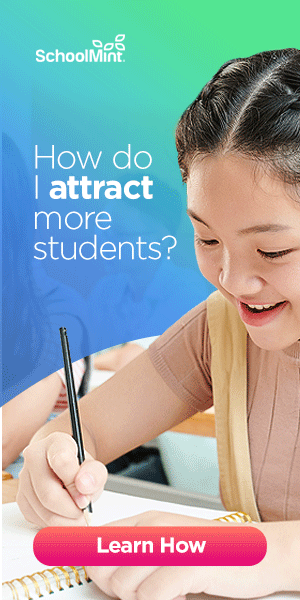Why Parents Choose Public Schools
This is the first in my two-part series on the choices parents make when choosing a school. This is designed for public school systems to identify their strengths and weaknesses in order to offer a compelling story and attract new families.
Choosing the right school is a critical decision for families — one that can take them over a year to finalize. Parents expect not only academic excellence but also a learning environment that instills essential social skills and life lessons that will mold their children into successful adults.
But choosing a school can be extremely complicated, and it’s a mistake to consider the final choice as a stand-alone decision rather than the culmination of a long process that includes a variety of activities:
- Browsing school websites
- Reading online school reviews
- Examining glossy brochures and other marketing materials
- Attending open houses, school fairs, and other events
- Soliciting opinions from trusted friends
- Touring multiple schools — which will likely include charters or private schools
When it comes to enrollment, public schools have two huge advantages: they’re free, and they have to take all comers.
However, with the dizzying array of education options families have today — including magnet, charter, independent, and religious schools — neighborhood public schools can’t rest on their laurels and expect families to just show up at their door.
Today, public schools need to approach enrollment as a holistic experience that begins well before the district’s registration deadline and lasts until graduation day. And possibly beyond.
In this article, I’ll explore what drives parents to choose public schools and discuss how to grow enrollment at your own public school by highlighting what makes them so popular in the first place.
Interested in receiving regular enrollment-focused insights like this? Join the thousands of school administrators who receive the SchoolMint Insider newsletter every two weeks by clicking the button below.
1. “Because It’s There”: Public Schools and the Power of Incumbency
A cursory look at the statistics might lead some to believe that families choose their local public school for the same reason famous mountaineer George Mallory wanted to climb Mount Everest: “Because it’s there.”
According to the National Center for Education Statistics:
- 71% of families send their children to their district-assigned public school
- 20% attend a public school they selected, such as a magnet or charter school
- 9% attend a private school
However, ask anybody who’s ever started a charter school from scratch how easy it is to attract families — even if you’re free and conveniently located. Families are wary of choosing a school they see as untested or unknown, and they are doubly wary of their children being the first class.
For most parents, their local school is what they are used to, and the choice to send their children there is a natural one. Even for parents who don’t know much about the particular local schools in their district, public schools represent a known quantity.
Without a deep knowledge of the educational landscape in a community, parents likely won’t know the reputations of competing private schools, and they are justifiably cautious about spending their hard-earned money on an education that might not be better — and, for all they know, might be worse than what their local public school has to offer.
However, just because public schools enjoy the advantage of incumbency doesn’t mean they can ignore good customer service.
Marketing a school requires administrators to consider the experience of families who are just starting their school search. Families unfamiliar with their local school can easily be put off by a poorly designed or targeted website or an overworked receptionist who isn’t able to spend the time to answer their questions.
Remember, just because you’re free doesn’t mean you can ignore school customer service.
If you’re interested in understanding what a typical family experiences when interested in enrollment with your school, learn more about SchoolMint’s marketing services.
Our secret shopper service (see the video below) can give you an unbiased, third-party review of the parent enrollment experience.
2. Public School Makes it Easy
Beyond being free, sending a child to a neighborhood public school is easy: all you have to do is sign up.
Unless a school is severely overcrowded or there are some other extenuating circumstances, they have to accept you. It’s the law!
Contrast that with the confusing points systems and lotteries that govern many magnet and charter schools or the time-consuming applications and interviews required by almost all private schools.
Geographical Convenience
For most people, public schools are conveniently located.
Since neighborhood public schools are typically older and more well-established than charter, magnet, and private school options, they are the focal point of many communities, occupying prime real estate that would be impossible to purchase now.
In fact, many families live close enough to their neighborhood public school that it’s possible to walk or bike there, which not only has health benefits but also allows parents to replace a stressful car ride fighting traffic with a nice stroll through their neighborhood.
Free Transportation
For families who don’t live near their local public schools, most districts offer free transportation in the form of those iconic yellow school buses, while many magnet and charter schools (and most private schools) require parents to figure out transportation on their own.
Transportation, compounded with the reality that magnet, charter, and private schools are often farther away to begin with, can result in a logistical headache for many families, juggling carpools and work schedules to make sure their children are dropped off and picked up every day.
Variety of Facilities
Lastly, in many places, public schools have facilities that other schools simply can’t compete with.
Whether it’s large athletic fields, auditoriums, or something as simple as a convenient parking lot, even older schools that might be in need of repairs have facilities that would be exorbitantly expensive for newer schools to build from scratch.
Increasing enrollment at a school is sometimes as simple as reminding families of your built-in advantages — and then reminding them over and over again.
An easy way to do this is through social media ads for your school.
You can create multiple ads that each focus on a different benefit of your public school, then target different family “personas” in your community.
For example, you can use one ad to promote your school’s within-walking-distance benefit to nearby families while using another to promote your free transportation to families who live slightly farther away.
And you don’t need to know a thing about digital advertising to get started. SchoolMint’s ad services team can handle this for you!
Read the case study below to discover how our ad services team helped Baltimore International Academy East increase enrollment through social media ads:
3. Public School Teachers Are Certified
While the specific qualifications vary from state to state and district to district, in general, public schools require teachers to possess a bachelor’s degree and a teaching certificate, while private and charter schools aren’t typically governed by those same standards.
This is not to say those teachers aren’t qualified. However, a lack of consistent standards can worry parents.
Of course, just because public school teachers are certified doesn’t mean they’re always ready to help with enrollment.
While I still recommend using school social media ads to highlight things such as your teachers’ breadth of expertise, you can post teacher features (#TeacherTuesday, #FacultyFriday, etc.) each week on your school’s social media accounts.
We even have some resources available to help you on this front as we know social media can be a huge time sink for schools.
In SchoolMint Enrollment Academy, you can get free, unrestricted access to a variety of materials designed to help you improve enrollment and communications at your public school. For example: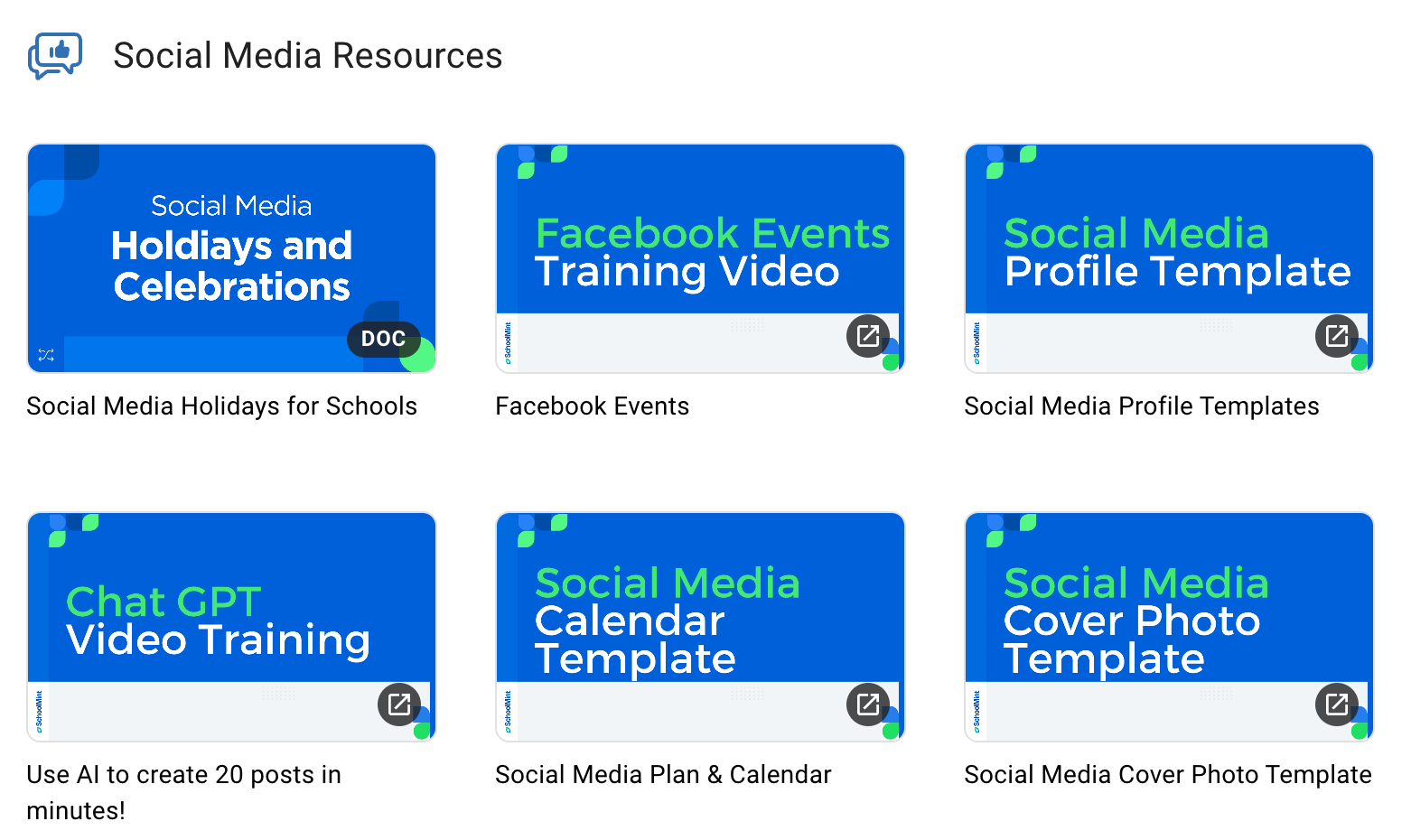
Click the button below to learn how to get unlimited access to resources that’ll make your work life significantly easier.
4. Public Schools Have a Greater Breadth of Class Options
According to Department of Education data, public schools are roughly twice the size of private schools on average.
While some families fear their child will get overlooked in a larger class, the sheer number of students allows public schools to generally offer a greater variety of academic and non-academic courses and programs.
Not only does this mean more foreign languages and important-but-sometimes-overlooked classes like economics and psychology, but public schools are also generally more equipped to provide support for students with IEPs and learning differences.
Furthermore, outside of the classroom, public schools tend to field more sports teams for both boys and girls and have more extracurricular activities and opportunities for students to gain important leadership experience that attracts colleges.
Editing the newspaper at a high school with 2,500 students is a lot more impressive than editing the paper at a school with 250.
5. Public Schools Are Diverse Like the Real World
Parents want their school to prepare their children for the real world, and the real world looks a lot more like a typical public school than a typical private school. This diversity goes beyond race and ethnicity.
Public schools are often populated by students whose parents are from different parts of the world, students who speak different languages at home, and students from different socio-economic backgrounds.
Public schools need to lean into this strength when marketing themselves. By highlighting their diversity as part of their story, public schools can show parents from all backgrounds that they are welcome and celebrated.

Better Customer Service Leads to More (and Happier) Families
Public schools have educated the vast majority of Americans for generations, and they’re not going anywhere any time soon.
Every family wants what’s best for their children, and even a family without the means to attend a private school or the option to attend a magnet or charter wants to know their local public school values them and wants to support their child however it can.
By highlighting the benefits of their schools as part of a strategic enrollment management plan, public schools can demonstrate to families that they are more than just the default choice.
Instead, they can increase enrollment by getting families excited about their schools and use that excitement as a springboard to creating a more vibrant school community where all students succeed.
Partner with the Expert in Public School Enrollment
As the industry expert in increasing student enrollment, SchoolMint knows what does — and definitely doesn’t — work to attract and enroll students. We’ve helped districts across the country solve their enrollment challenges, and we’re ready to help you, too.
We offer a full suite of products and services designed to help you improve enrollment without you needing any marketing expertise:
- Enrollment microsite
- Enrollment consulting
- Social media ads
- Applicant tracking
- Enrollment management
Get in touch with our enrollment consultants to see the difference SchoolMint can make in your school — regardless of whether you’re facing declining enrollment, flat enrollment, or already-increasing enrollment that you want to increase even more.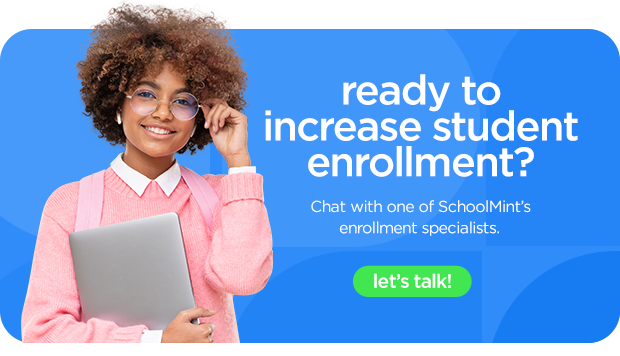
Share this
You May Also Like
These Related Stories

Why Parents Don’t Choose Public Schools
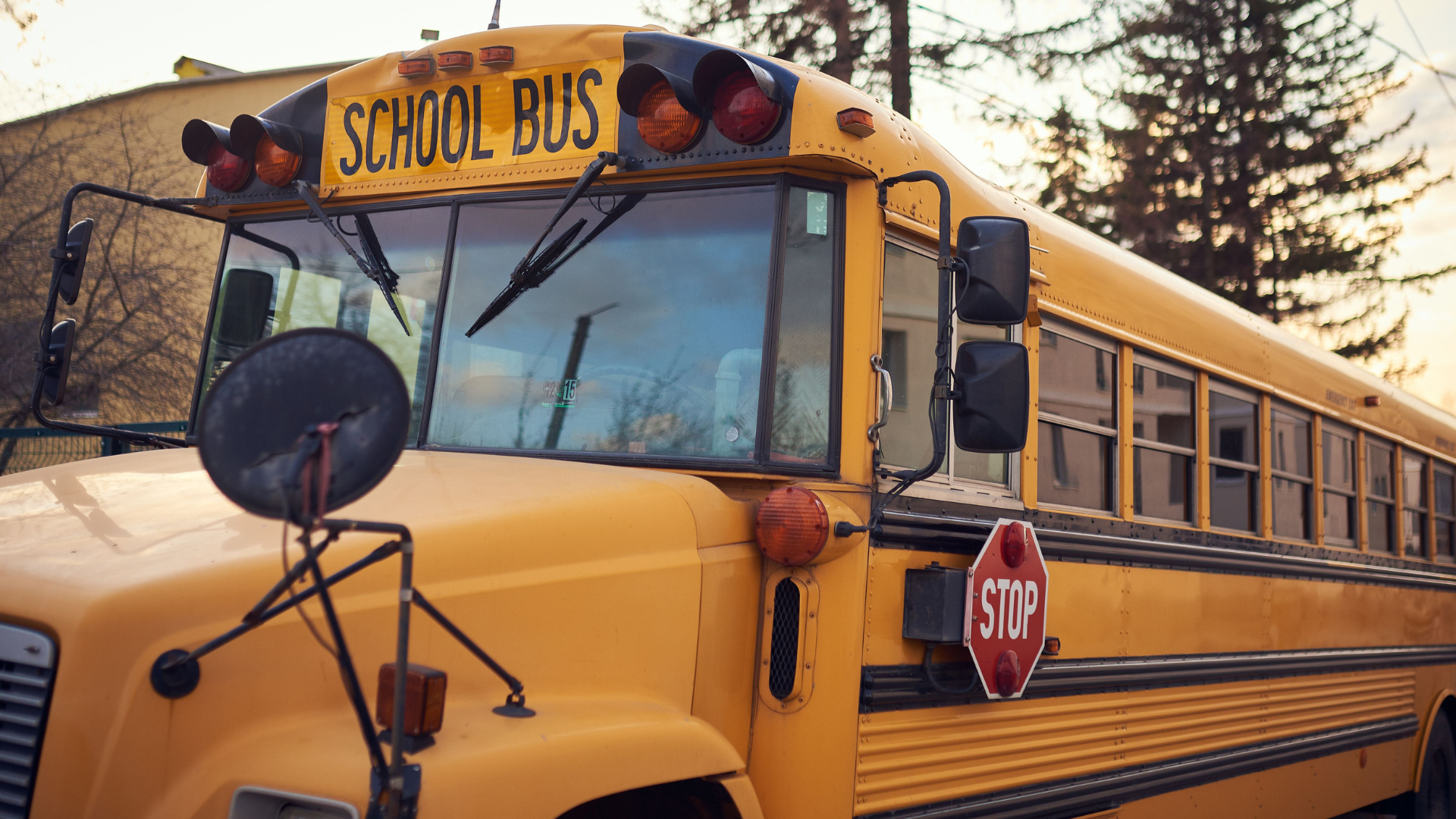
The Death of the Neighborhood School



